Relax—this is a crucial step in badminton that you can’t afford to skip (especially important in winter)!
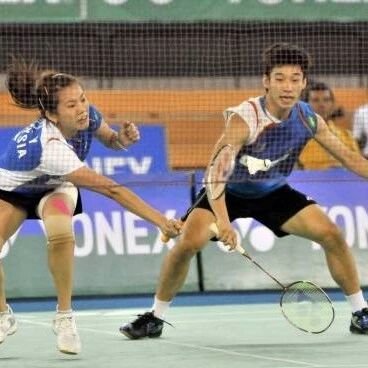
Relaxation has always been the most easily overlooked step, as many people perceive this environment as "unnecessary"—a view that clearly stems from a lack of awareness about the benefits relaxation brings to the body.
Playing badminton is a sport that demands both tremendous physical activity and intensity, often leaving muscles in a state of prolonged tension. Without proper relaxation, this can lead to significant strain—not just for the muscles, but for the body as a whole—posing considerable risks over time.
Why is relaxation important?
1) Prolonged lack of relaxation can easily lead to muscle stiffness, and stiff muscles often have poor explosive power. Amateur players who gently feel along their calf or arm muscles might notice hard lumps—this is not a good sign.
2) Prolonged lack of rest can easily lead to muscles becoming "overworked and diseased," increasing the risk of sports injuries.
3) Relaxing after playing sports improves local blood circulation, reduces lactic acid buildup, speeds up metabolism, alleviates muscle soreness, and promotes faster recovery.
4) Regular, relaxing stretches can help promote longevity—“stretching an inch adds ten years to your life,” meaning a longer life gives you even more time to enjoy playing sports.
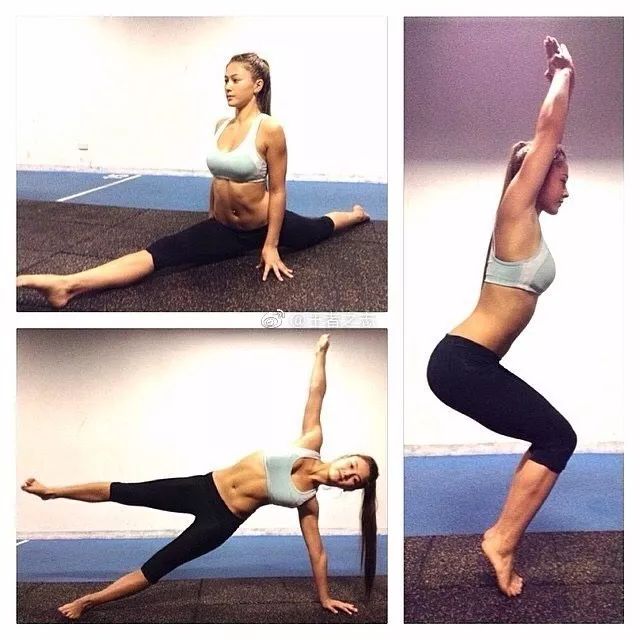
(Groia, Australian badminton player and great-granddaughter of Kang Youwei)
5) Perform relaxation stretches to enhance the flexibility of ligaments and muscles around the joints, increasing joint range of motion and mobility while helping prevent strains caused by unconventional movements during play.
6) Regular relaxation can effectively help eliminate symptoms of thick hands and thick legs.
Examples of key relaxation areas to focus on, based on the major joints and muscles engaged in badminton.
1. Relaxation of the upper limbs
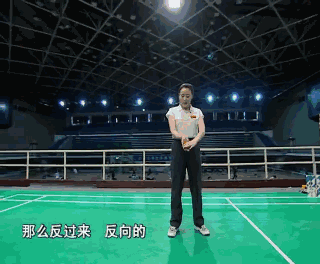
Relax the muscles in your hands and forearms, with your palms facing outward. Use your other hand to gently bend and stretch your fingers backward.
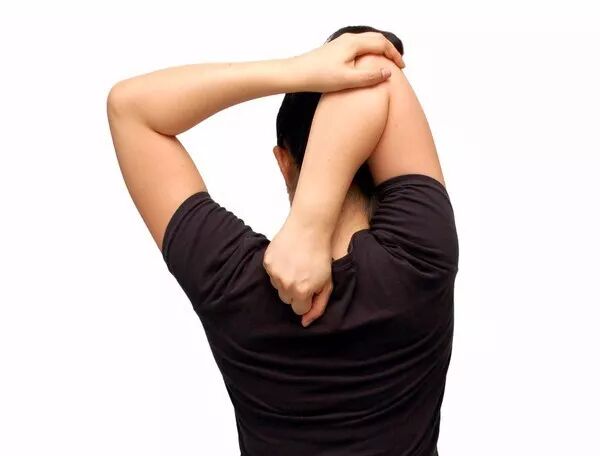
Feel the stretch in your triceps
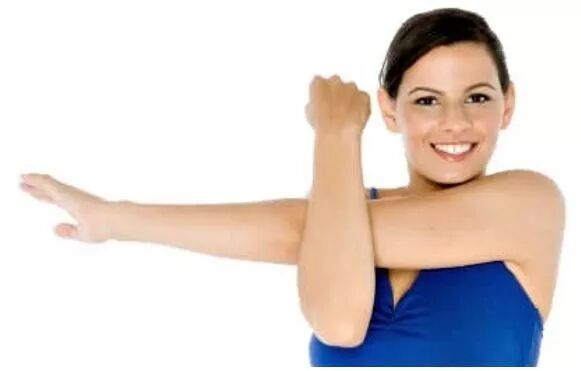
Feel the stretch in your shoulders
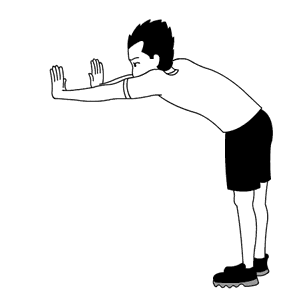
Stretch and relax your shoulders, keeping them gently pressed downward—just enough to feel the stretch without overdoing it.
2. Back of the thigh

Tip:Keep both knees straight; you can deepen the stretch in your hamstrings by firmly holding your feet with both hands and gently leaning forward.
3. Inner thigh

Tip:Spread your legs as wide as possible, and stretch the inner thigh muscles by either bending forward or leaning to the sides. Meanwhile, reach your arms as far as you can, which will also help gently stretch the muscles in your back.
4. Front of the thigh

Tip:Standing posture: One hand supports you against a stable object, while the other hand lifts the same-side foot, bending the knee and bringing it gently toward your buttocks.
5. Back of the lower leg
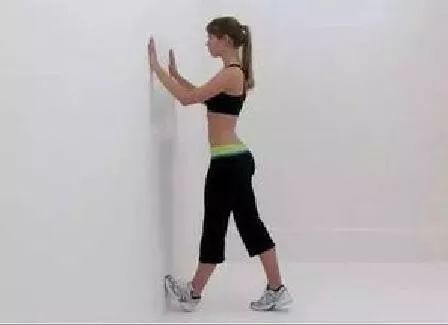
Tip:Step onto the stair with the ball of your foot, then slowly push off the ground by pressing down with your heel. Lean your body slightly forward—this will help stretch the muscles on the back of your calves.
6. Hips
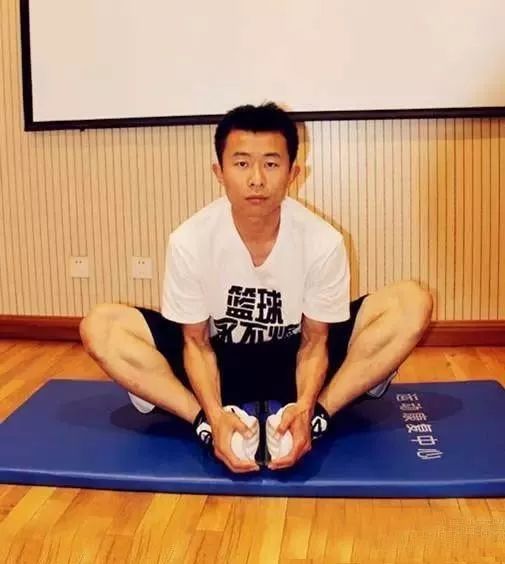
The seated groin stretch is an important exercise, as the groin area is highly susceptible to injury—and once injured, it can be difficult to heal.
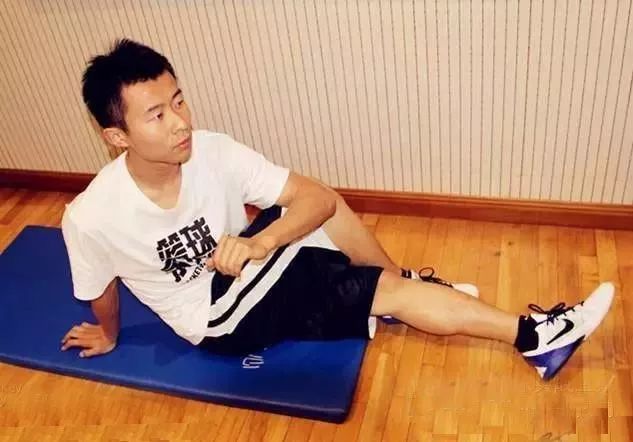
Stretching the piriformis muscle (a deep muscle in the buttocks)
7. Chest
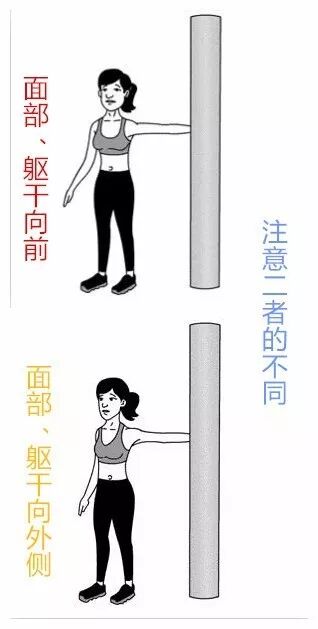
Tip:The legs on the same side are forward; the arms are positioned at different heights, resulting in slight variations in the chest muscles being stretched.
8. Waist
You can use massage to relax your lumbar muscles.
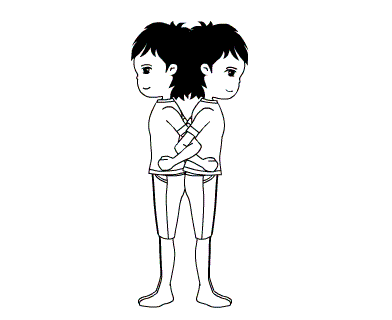
Use the two-person back-to-back method to stretch your back.
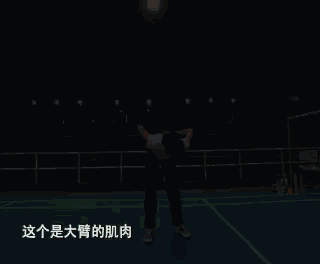
Bend forward, arching your back as much as possible, and perform graceful, rhythmic movements with your lower back.
9. Massage Relaxation Technique
Focus on massaging your arms and legs by gently kneading them. After playing, team up with a partner to give each other targeted massages, helping to loosen up any stiff muscles. If you have the opportunity, consider visiting a health and wellness center for an even more professional and relaxing experience.
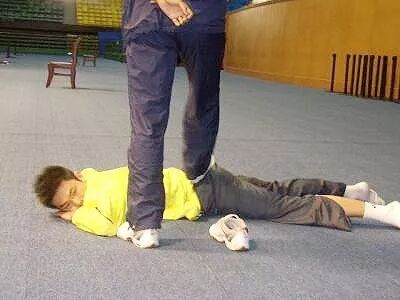
Step on with your feet, applying gentle but steady pressure across your entire body—especially focusing on areas where you want to exert more force.
Relaxation exercises are essentially a form of body care—only by maintaining your body properly can it recover effectively, allowing you to sustain a positive and healthy state of well-being.
P.S.: If you find it inconvenient to relax on the court, you can wait until you get home in the evening—combine relaxation with watching video game replays while giving yourself a massage or doing some stretching. That way, you’ll save time and kill two birds with one stone.


Related Articles
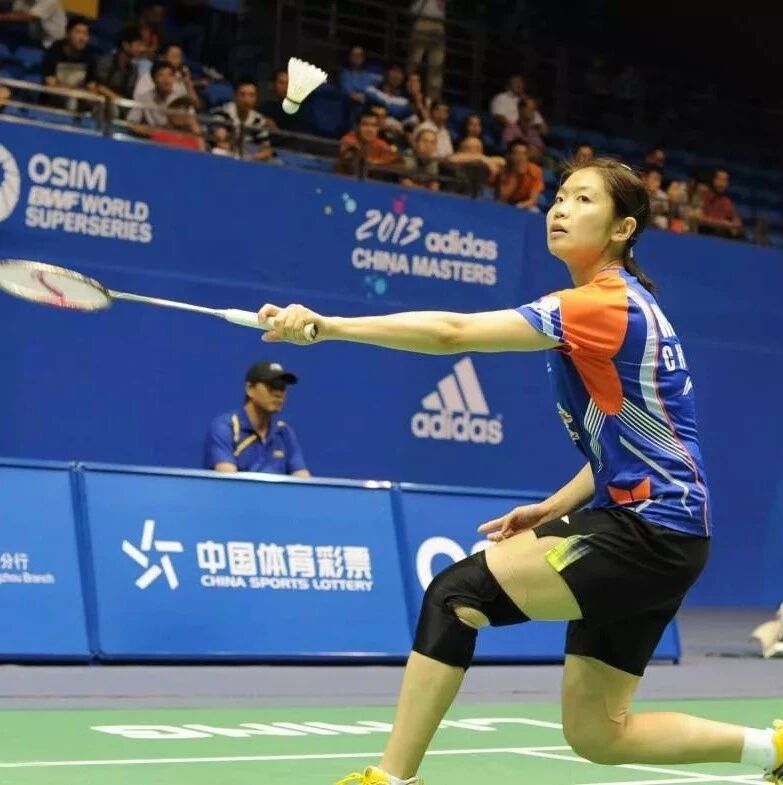
Mastering the drop shot technique may be the dream of many badminton enthusiasts!
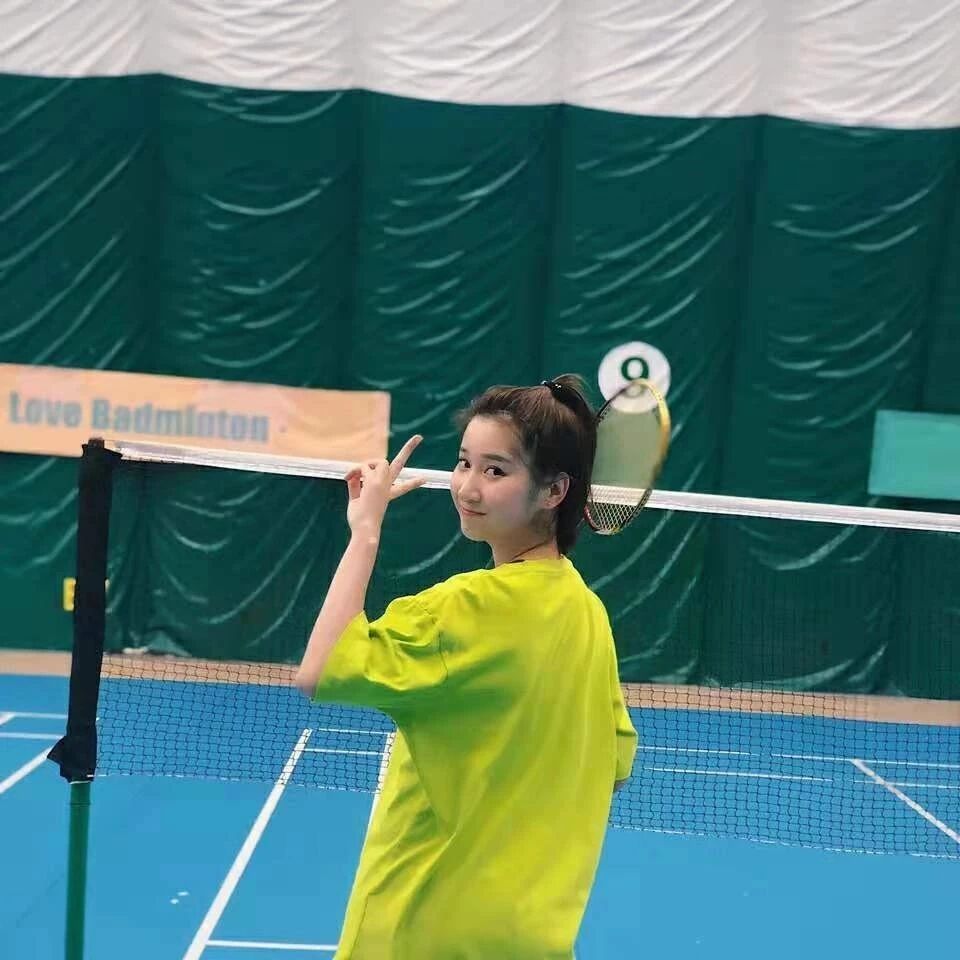
It wasn’t until after playing badminton that I realized… I had no idea this would make people laugh!
